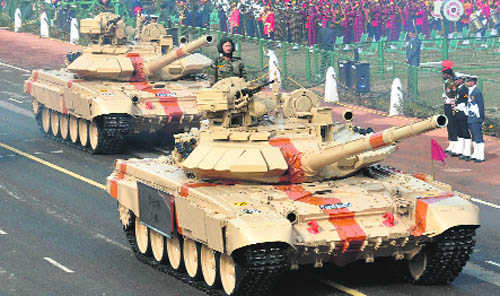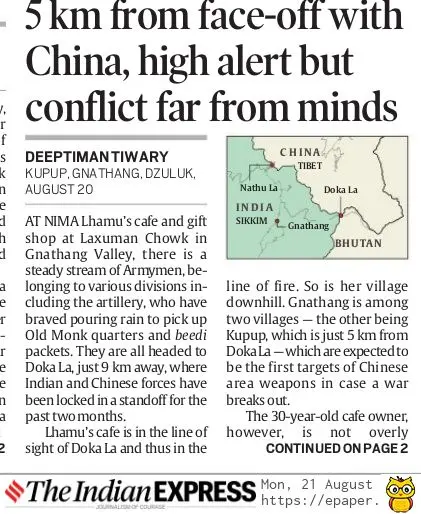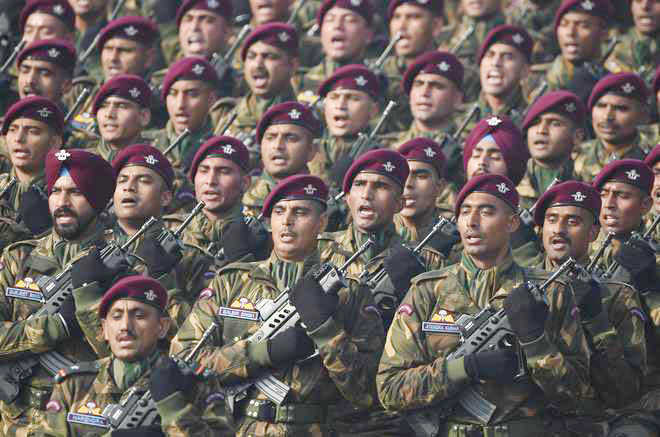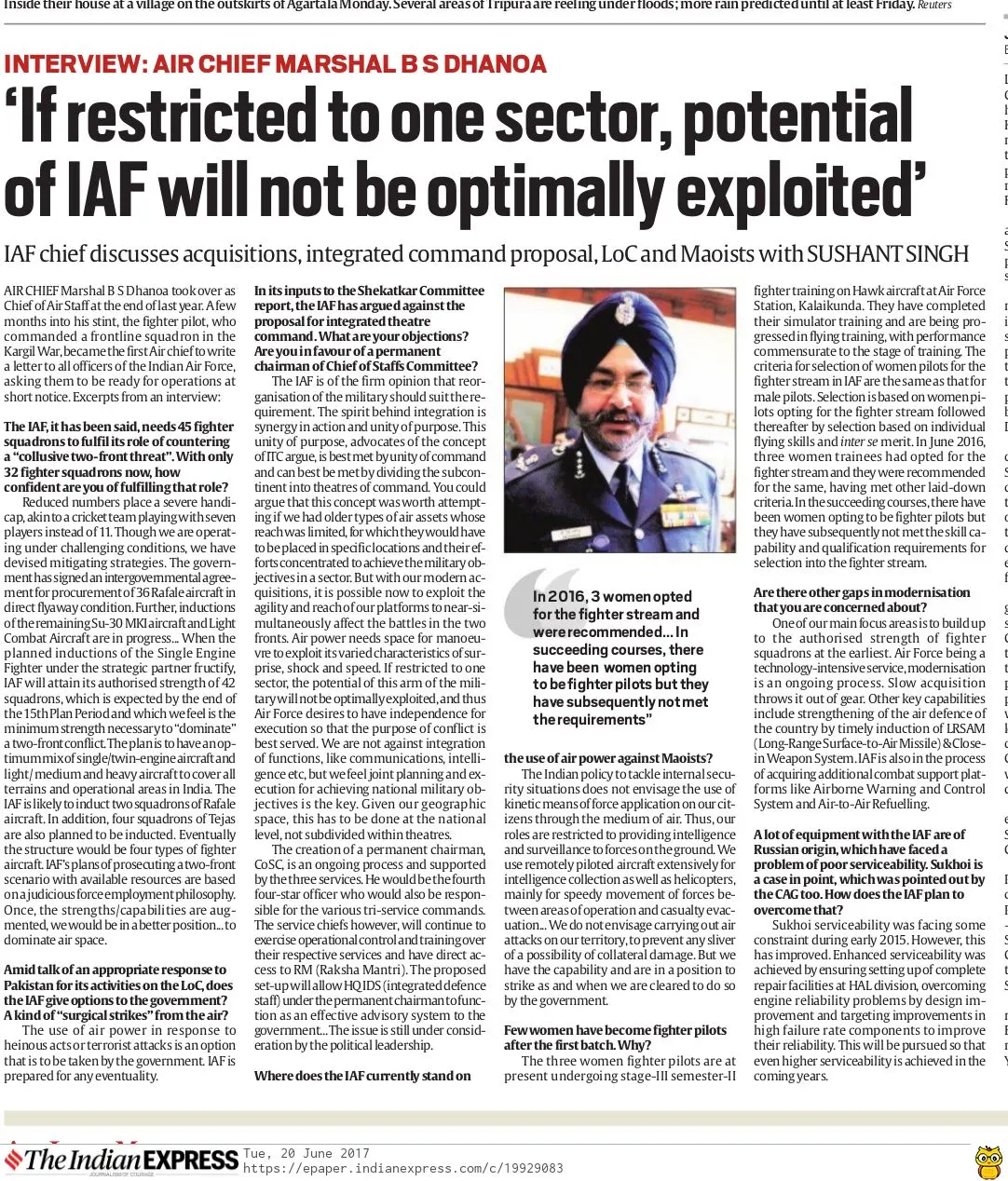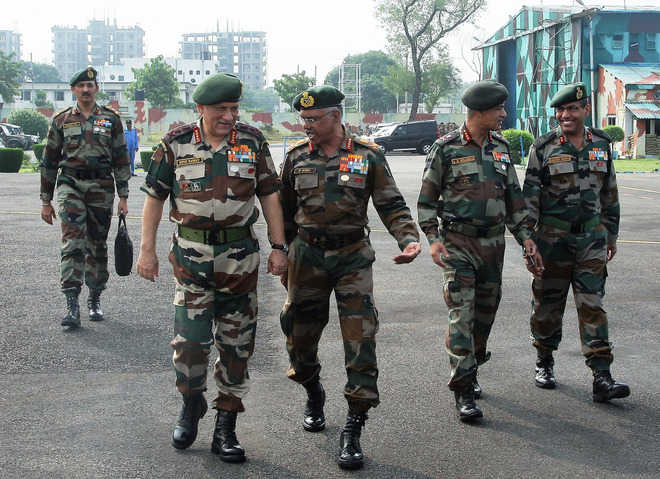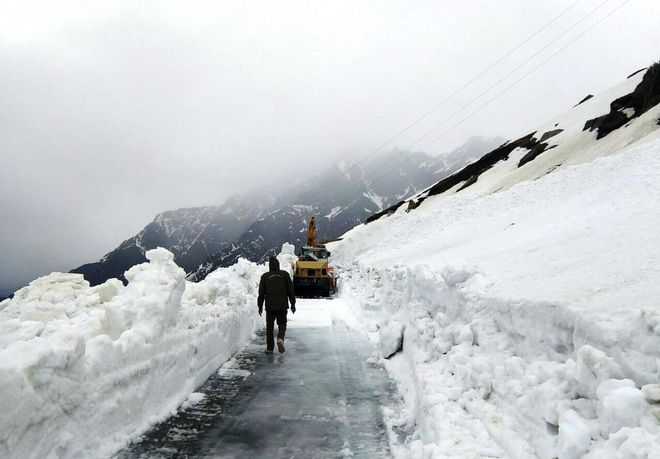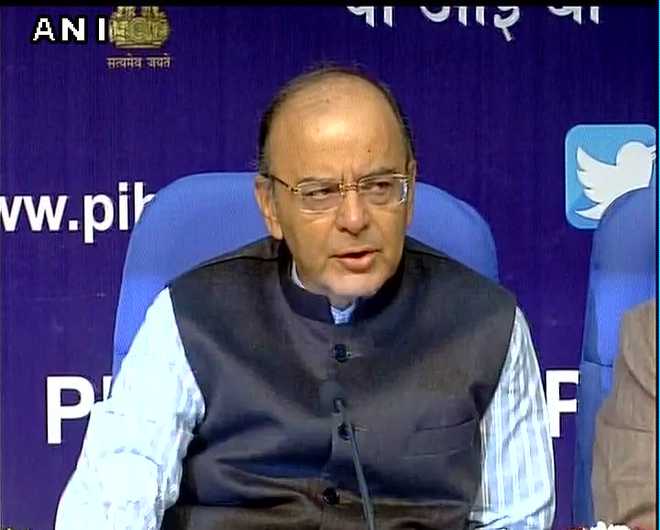The hermit kingdom is increasingly isolating itself with its nuclear ambitions that threaten its neighbourhood. And now with its proven, intercontinental ballistic missile (ICBM) capabilities the entire world is feeling the heat. Hwasong-14 was fired from Panghyon airfield in Kusong, remaining afloat for 37 minutes and flying 578 missiles. When the flight and trajectory data was analysed and extrapolated by international experts, it confirmed the worst nightmares of an ICBM capability that could theoretically reach 6,700 km or the state of Alaska, United States, with its successful demonstration. If this latest missile delivery capability is contexualised with North Korea’s known ability to fuel nuclear devices, with weapons-grade plutonium and uranium, the threat of hitting “the heart of the US” no longer seems to be a standard propagandist boast. With this, North Korea joins the select ICBM club — US, Russia, China, France, UK, India (Agni) and possibly Israel (Jericho III). For once the deeply-polarised global order was broadly on the same page with the United Nations, US, China and Russia amongst many others, condemning the latest North Korean provocation (perversely presented as an Independence Day gift to the US on July 4).
A reciprocal ratcheting flared up with US ambassador to the UN Nikki Haley warning that North Korea’s actions were “quickly closing off the possibility of a diplomatic solution”. The North Korean endgame of perpetuating and strengthening the Kim regime (starting in 1948 with the ascendancy of the “Eternal President” Kim Il-sung, to his son the “Eternal Chairman” Kim Jong-il, to now the “Dear Leader” Kim Jong-un), the cult-based narrative has consistently and furiously sought regime-protection and to bully the external world into economic gratification with nuclear threats and illicit trade. The totalitarian state is the last remaining bastion of the George W. Bush’s maxim of the “axis of evil” (Iran, Iraq and North Korea). Pyongyang is a compulsive disregarder of the various international treaties, norms and sanctions — having brazenly conducted underground nuclear tests in 2006, 2009, 2013 and 2016, besides conducting frequent tests for its missile delivery systems, like the latest ICBM, Hwasong-14. The fingerprints of North Korea’s mandarins appeared closer home when the nexus with the equally infamous Pakistani nuclear physicist A.Q. Khan and the Pakistani military establishment came to light with the US government dubbing the same as a “serious proliferation risk”. It is this sovereign venality, unpredictability and wanton irresponsibility that makes North Korea a menace to global peace.
Even though there are some questions raised on the North Korean weapon systems, given the questionable ability to miniaturise its nuclear warheads to fit into a missile nosecone, yet the confirmed existence of a nuclear weapon stockpile — along with these missile delivery systems of unproven efficacy — is still a very dangerous portend. Further, the possibility of its chemical and biological weaponry getting misused with these delivery systems to churn out crude “dirty bombs” cannot be ruled out. The irresponsibility accompanying the act was further accentuated with the North Korean leader, Kim Jong-un simultaneously alluding to the tussle with the US having reached the “final stage”. Given that the entire legitimacy of the Kim regime pivots on playing up the ostensible threat from the US and its allies, like South Korea and Japan, as also the fate of other roguish and totalitarian anti-US leaders (who were importantly, without nuclear weapons), like Saddam Hussein and Muammar Gaddafi — it is unlikely that Pyongyang will turn down the belligerence quotient. If anything, North Korea believes that it now has a more powerful position on the bargaining table to extract its endgame imperatives. With a crippled industrial base (accelerated by the disintegration of the Communist bloc), souring relationship with its biggest trade partner China, with its state-sponsored international counterfeiting industry backfiring — the utter desperation to leverage its sole lever of “nuclear threat” has now got dangerously magnified.
China has historically indulged the dictatorial rule in North Korea to prevent both a regime change in North Korea to a democratic country or even prospects of “reunification” with South Korea, as both scenarios would logically entail a pro-US dispensation or country (with US military bases) on Chinese borders. While ideological considerations played a role in the Korean War (the Soviets and Chinese aided North Koreans), it is modern day aspirations amongst the CPC leadership in China of the “Chinese century” that allowed Beijing to offer the long rope to Pyongyang. However, the patience in China with its protégé has been running thin and the ICBM “red-line” has pushed the Chinese into an uncomfortable spot with North Korea. Still China realises the importance of a status quo on North Korea, as it offers an invaluable buffer to the potential presence of US troops along the 1,420-km-long Sino-Korean land border. Already, South Koreans and Americans are fuming at the North Korean dare and are conducting their own military exercises and deploying the dreaded Terminal High Altitude Area Defence (THAAD) system in the near proximity that is designed to shoot down short, medium and intermediate range ballistic missiles in their terminal phase by intercepting with a hit-to-kill approach.
This parallel build-up worries China as it foresees the use of the same against its own defence systems. Expectedly, the blame game on North Korea ensued with the irrepressible Donald Trump tweeting, “So much for China working with us” and “end this nonsense”, the Chinese while condemning the North Korean action urged for a halt to the “China responsibility theory” and owing to their own geostrategic considerations, propounded a dual-purpose statement (along with the Russians) aimed at both North Koreans and the US, “The two sides propose that the DPRK (North Korea) as a voluntary political decision declares a moratorium on testing nuclear explosive devices and ballistic rocket launches, and the US and South Korea refrain from carrying out large-scale joint exercises.” North Koreans realise their geo-strategic importance in a deeply-polarised and suspicious world with competing ambitions — the lack of a cohesive and impactful response to their misdemeanours — has further emboldened the Kim Jong-un regime on the merits of their blackmailing approach. With tempers running high in the restive Korean peninsula, negotiations seem unlikely given the efficacy of the various sanctions. Herein lies the dangers of the only other plausible option — a militarised solution, either in the form of a pre-emptive strike or full-blown escalation, either ways that would surely escalate and engulf a lot of space more than just the Korean peninsula.

Lt Gen Bhopinder Singh (Retd)
Former Lt Governor of Puducherry & Andaman and Nicobar Islands
